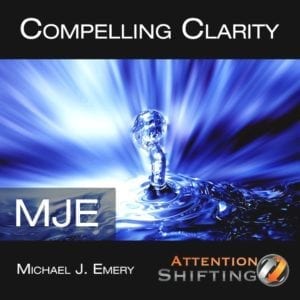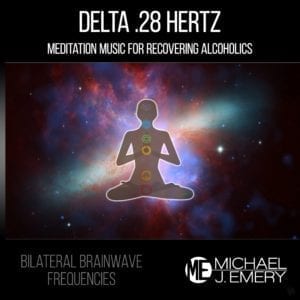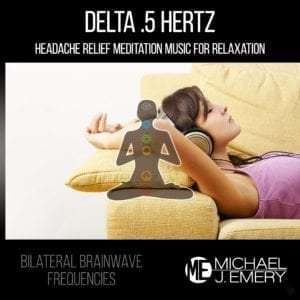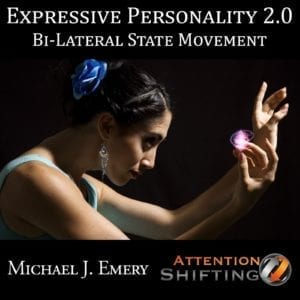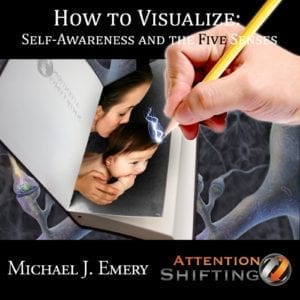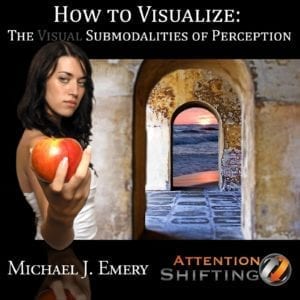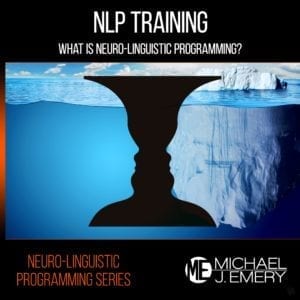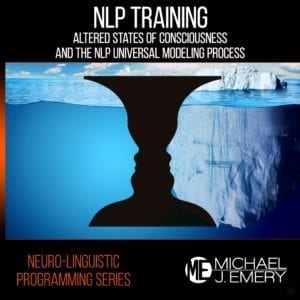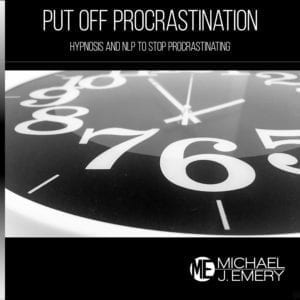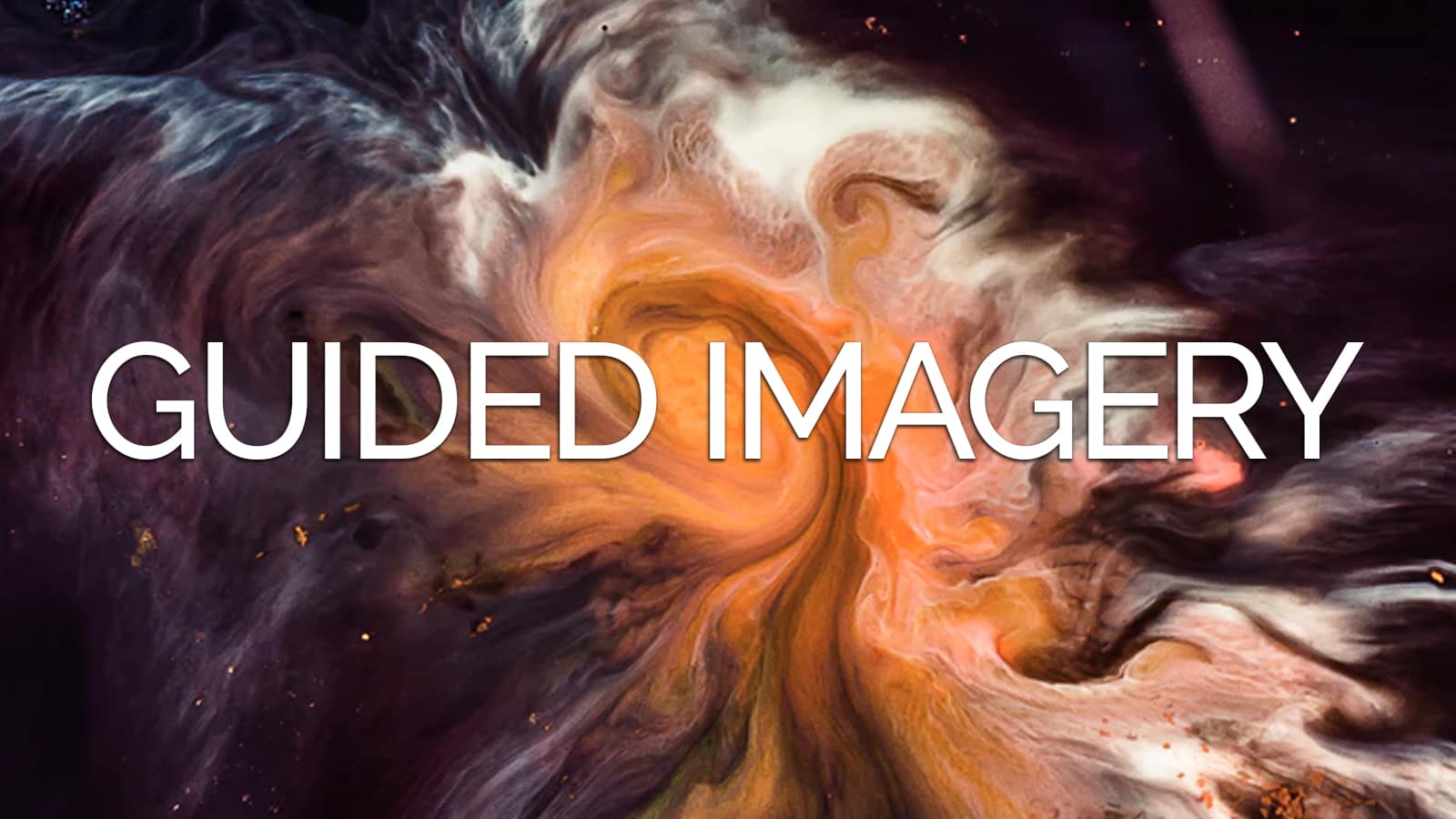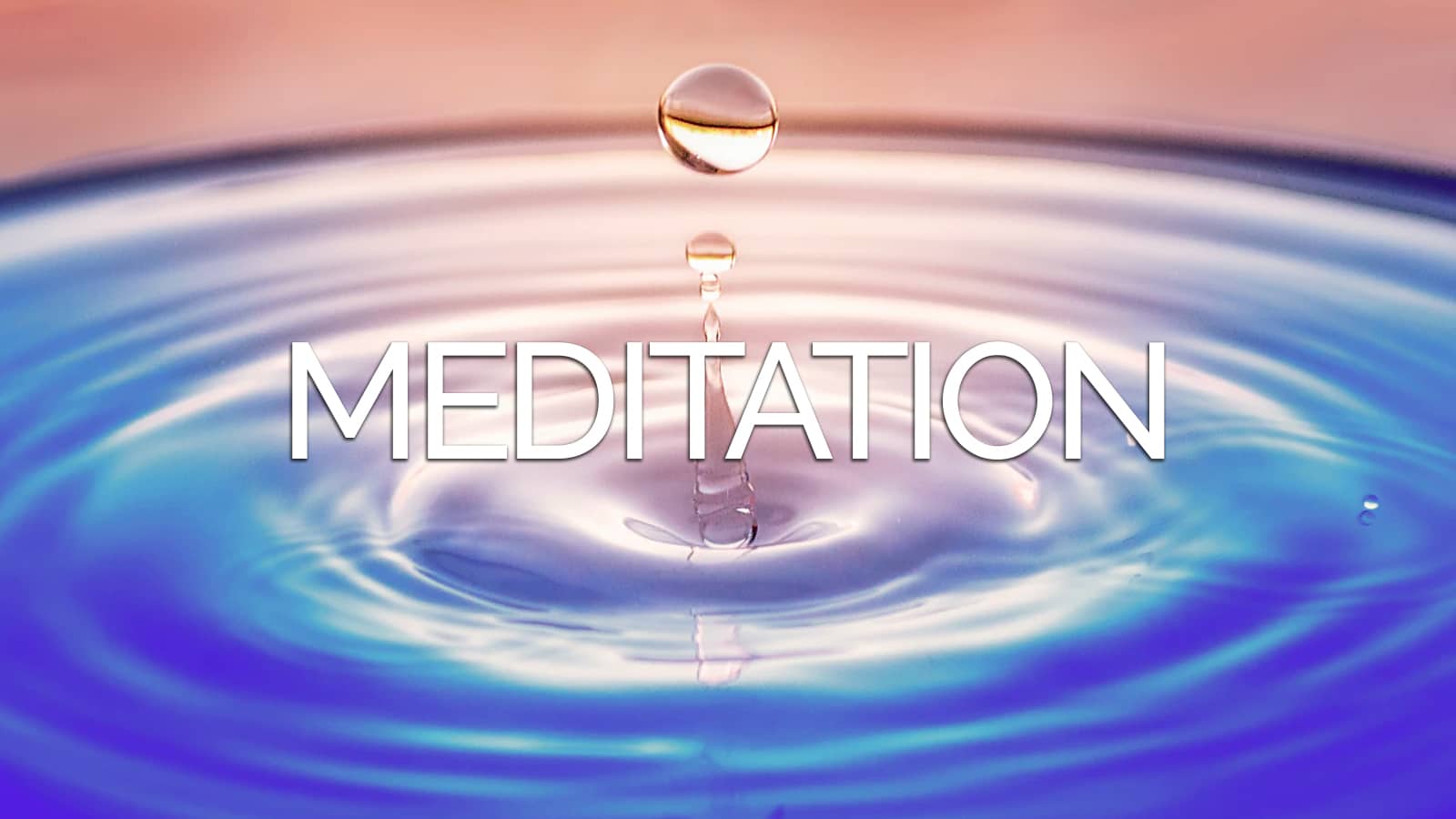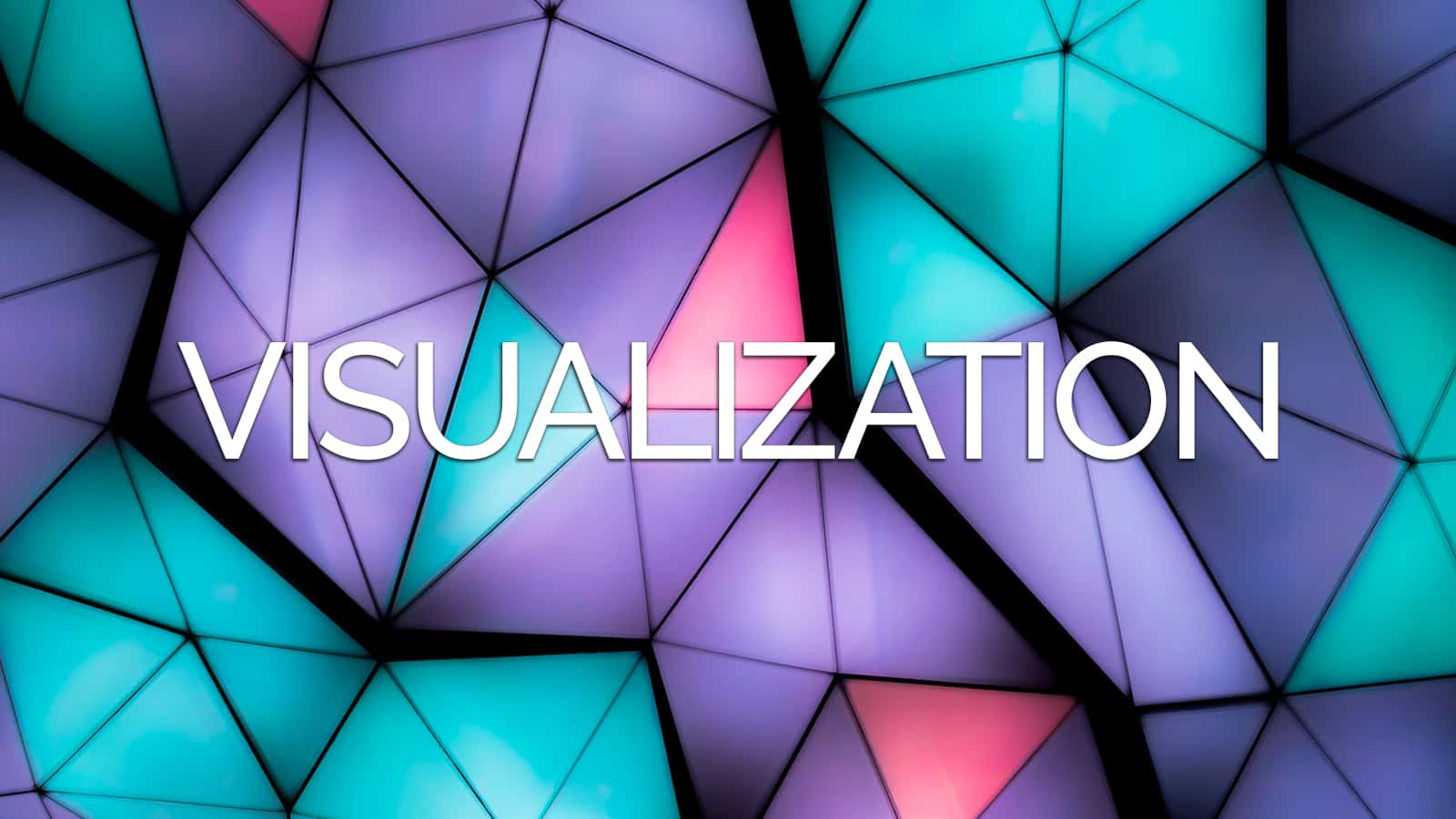Guided imagery refers to the process of consciously using your imagination to create positive images, often called healing visualizations, with the goal of bringing about healthful changes in both your body and mind. Although guided imagery depends a lot on a person’s visual sense, this relaxation and meditation technique actually makes use of or involves all of the senses. Each guided imagery relaxation exercise involves the whole body, emotions, and all the senses. This unique body-based focus, which not a lot of meditation techniques can offer, gives users or followers a powerful impact.
Who can use guided imagery relaxation exercises?
This type of meditation can be used by almost anyone, regardless of age, sex, or race. Studies show though that children and women have an easier time gaining mastery in this technique since they are naturally more imaginative. Compared to mindfulness meditation, guided imagery is easier to learn and practice since it requires less time and discipline from a practitioner. Getting started in guided imagery though would usually require first-time users to gain mastery of some exercises. There are various guided imagery exercises that will be shared or taught to you by a psychotherapist or other licensed practitioners or you can download online.
Start Using the Best Relaxation Techniques Now By Following these Body Relaxation Techniques
To fully optimize and make the most out of these exercises, follow the techniques below:
- Your choice of imagery content has to be consistent with your values. As such, don’t let other practitioners influence you with your choice of imagery, especially if they do not sit well with your values. Although it may take some time, let your personal images come up and work for you.
- Don’t force yourself too hard. Seasoned practitioners say that guided imagery always works best in a permissive, relaxed, and unforced atmosphere. As such, try not to get too intense about getting it right immediately. Your level of efficiency and mastery will increase with time and practice. Whatever skill level you start with, you will improve with regular practice.
- Imagery is usually more powerful when you are in a group. This is largely due to the contagious nature of the altered state. As such, if you are just starting, work with a support group, special study group, or healing group.
- When practicing this technique, don’t forget to engage your other senses, particularly your kinesthetic or feeling and auditory or hearing or listening senses. Music, in particular, can increase the effects of imagery, especially if it is well-chosen.
- Avoid using imperative verb forms if you will be using self-talk with your imagery. Practitioners say that the use of “bossy” language aren’t naturally encouraging and can marshal unnecessary resistance from your part.
Guided relaxation techniques for body and mind relaxation that is drug free
Guided imagery, on the other hand, is an experience that is more than visual. It makes use the imagination with taste, smell, and sounds. It actually has a general theme for finishing specific goals such as quitting bad habits, losing weight, dealing with pain, and many more. Although these concepts have already been around for centuries, it has only gained popularity recently. Indeed, this is an excellent stress buster and a unique relaxation technique that can be achieved through the coordination of physical and mental processes.
Visualization is the term used to describe such process. This imagery state will strengthen your mind just like how exercises can strengthen your body. It can actually create a physical or psychological state if you begin activating your sense or if you imagine yourself in a new environment. This state of imaginations has been proven to boost the body’s immune system as well as increase the positive thinking within you, reducing depression.
The subtle power of mind relaxation techniques combined with muscle relaxation techniques
Among the biggest benefits of utilizing guided imagery as a therapeutic tool is that it can easily be accessed. It can be used anytime and anywhere. Also, it is an equal opportunity therapy. Though some training in the techniques might be required, it is accessible to everyone, regardless of your education, economic status or location. Guided imagery is a two-part process. The first component involves reaching a state of deep relaxation through breathing and muscle relaxation techniques. Once complete relaxation is achieved, the second component of the exercise is the imagery, or visualization, itself. There are a number of different types of guided imagery techniques.
Lastly, keep in mind that imagery that can elicit emotion is generally more effective than imagery that doesn’t. As such, don’t feel embarrassed about feeling sad or even crying with certain imagery. Responding with some form of emotion is a positive sign that the imagery is working for you in a deep way.





